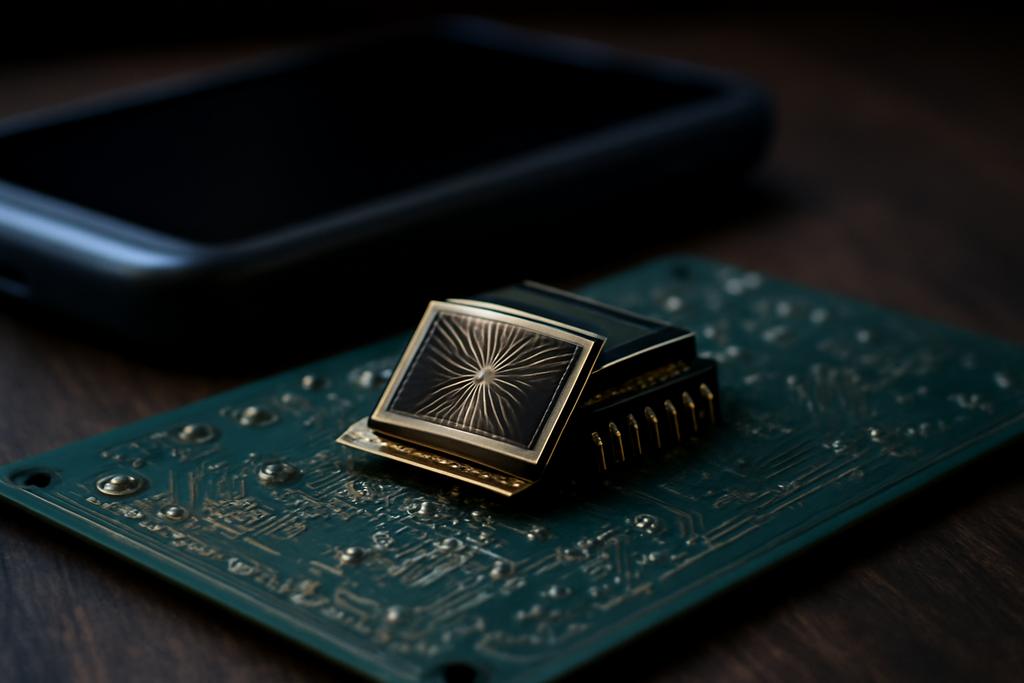A Leap Beyond 5G
The airwaves are getting crowded. Our insatiable appetite for data, fueled by everything from streaming videos to self-driving cars, is pushing the limits of existing wireless technologies. 5G is already struggling to keep up, and the demands of future technologies—think seamless augmented reality experiences or remote robotic surgery—will require a quantum leap forward.
The Bottleneck: Bandwidth
The biggest hurdle? Bandwidth. Current systems struggle to handle the sheer volume of information needed for these applications, particularly at the higher frequencies where data speeds are fastest. Traditional electronic components are simply too limited in bandwidth, and building a system that works smoothly across multiple frequencies (from the lower, more widely-accessible bands to the higher-speed millimeter and sub-terahertz ranges) is like trying to build a bridge with mismatched pieces. It’s expensive, complex, and prone to glitches.
The Solution: Light
Enter the world of photonics, where light takes the reins. Researchers at Peking University, City University of Hong Kong, and the University of California, Santa Barbara, led by Haowen Shu, Cheng Wang, and Xingjun Wang, have developed a radically different approach to wireless communication: a tiny chip—a veritable “wireless engine”—that uses light to achieve unprecedented speed and range. This achievement is described in a landmark paper published in *Nature*.
Their innovation lies in using thin-film lithium niobate (TFLN), a remarkable material with exceptional properties. TFLN allows for the integration of multiple crucial components onto a single chip, including the signal generators, modulators, and detectors needed for high-speed wireless communication. This miniaturization is a game changer; it dramatically reduces complexity and cost while boosting efficiency.
A Universal Wireless Engine
Imagine a single chip that generates and manipulates radio frequencies across an almost unbelievably vast range—from 0.5 GHz to an astounding 115 GHz. That’s exactly what this research team has achieved. Their TFLN chip acts as a universal translator, converting baseband signals (the raw data) into high-frequency radio waves for transmission and then doing the reverse to receive information. The seamless transition across such a wide frequency range makes it adaptable to any scenario, offering the flexibility needed for future wireless networks.
The key here is the chip’s ability to generate incredibly stable and low-noise signals across this entire spectrum. Traditional systems often use cascades of frequency multipliers, which introduce significant noise, degrading signal quality, especially at higher frequencies. This team’s optoelectronic oscillator cleverly circumvents this problem, delivering consistently clean signals, even at 115 GHz—a frequency far beyond the capabilities of most existing technologies.
Full-Spectrum Communication
The implications are enormous. For the first time, researchers have demonstrated high-speed wireless communication across nine consecutive frequency bands, achieving a peak data rate of over 100 Gbps. This opens up the possibility of seamless and efficient use of the entire available spectrum, from low-frequency bands with wide coverage to high-frequency bands with extremely high data rates.
Smart Adaptability
But the breakthrough doesn’t stop at speed and range. The team also showed how their system can dynamically adapt to challenging real-world conditions. Think of it as a self-aware system. If the wireless channel gets noisy or congested in one frequency band, the chip can instantly switch to another available band, ensuring reliable communication. This is crucial for the envisioned “intelligent radio” networks of the future, where AI will play a crucial role in optimizing resource allocation and adapting to changing environments.
The Future of Wireless
This research is more than just a technological marvel; it’s a fundamental shift in how we approach wireless communication. The ability to seamlessly integrate and control such a wide range of frequencies on a single chip has profound implications for various sectors. It’s a step towards faster, more reliable, and more efficient wireless networks that can support the demands of increasingly data-hungry applications.
However, it’s important to note that this system is still in its early stages. The team has demonstrated its potential in a controlled environment, and there are still challenges to overcome—such as optimizing antenna performance across such a broad spectrum and scaling up production. Despite these hurdles, the implications are transformative, offering a tantalizing glimpse into a future where our wireless connections are faster, more robust, and far more adaptable than ever before.










